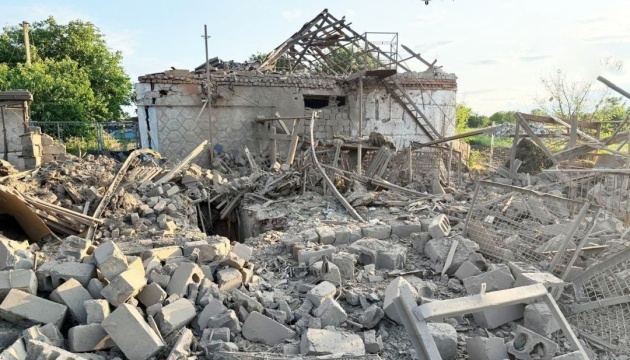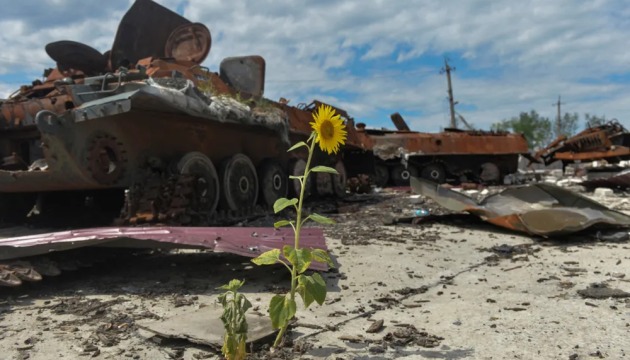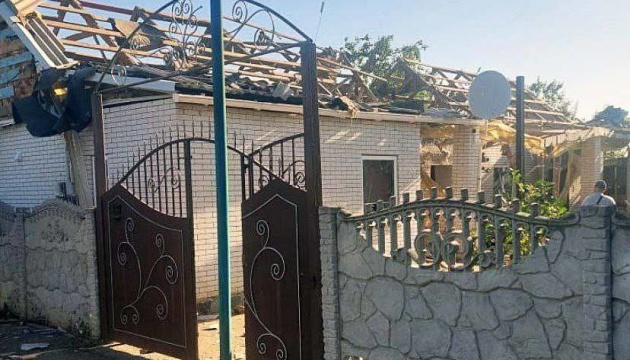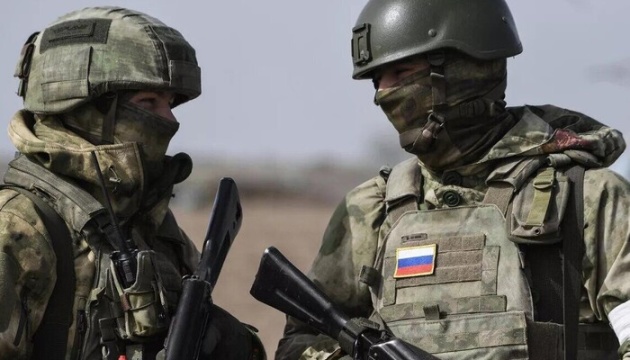Zelensky observes National Guard training exercises
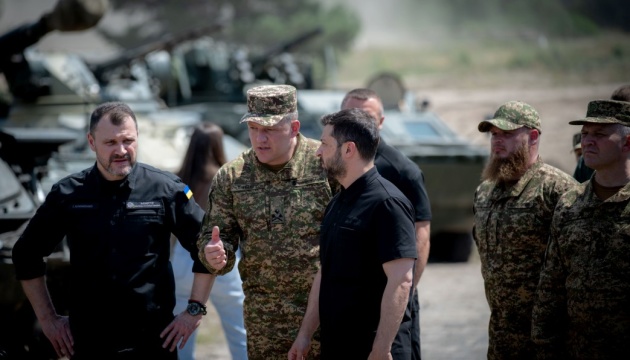

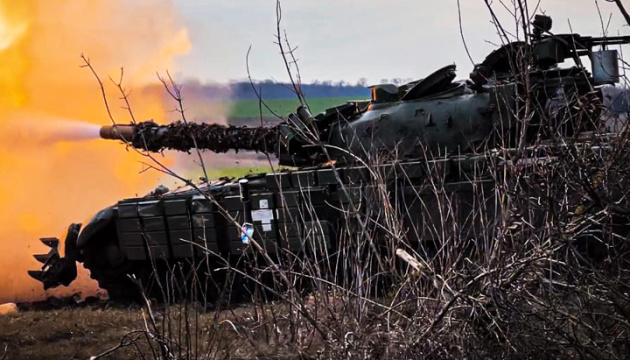
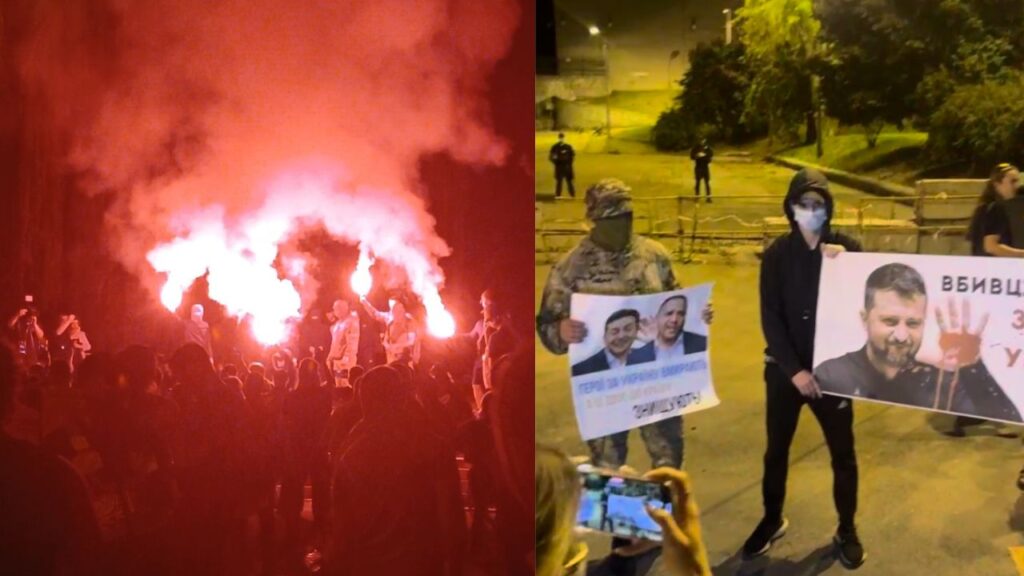
Masked men appeared at anti-corruption demonstrations in Kyiv Thursday evening, carrying inflammatory signs targeting President Volodymyr Zelenskyy personally—exactly 24 hours after Ukrainian intelligence warned that Russia would deploy provocateurs to exploit the crisis.
The timing wasn’t coincidental. Defense Intelligence had warned Wednesday that “Kremlin agents are actively studying the internal situation” to weaponize protests against the law that subordinates Ukraine’s anti-corruption bodies to the Prosecutor General’s Office.
The incident unfolded around evening as legitimate demonstrators wrapped up their third day of protests against Law No. 12414. What happened next looked like textbook destabilization.
Masked individuals emerged with signs reading “Ukraine is not Kvartal! Ukrainians are not slaves!” “Killers of democracy traitors of Ukraine,” and “Heroes are dying for Ukraine and these two are destroying it!”—directly targeting Zelenskyy and his chief of staff Andriy Yermak, according to footage captured by a Euromaidan Press correspondent.
Legitimate protesters had focused on defending institutions: “Hands off NABU and SAP!” and “The lost generation wants democracy.” These newcomers turned it into a vitriolic attack on the country’s leadership.
Why target Zelenskyy and Yermak specifically? The anti-corruption law represents broader concerns about power centralization during wartime.
When investigators began targeting Zelenskyy’s closest associates—including Oleksiy Chernyshov, the only Cabinet minister invited to Zelenskyy’s COVID birthday party, and business partner Tymur Mindych from Kvartal 95—the response was to subordinate the investigators rather than allow the process to continue.
The law effectively places NABU and SAPO under the Prosecutor General’s control, ending a decade of institutional independence. The protesters aren’t calling for Zelenskyy’s removal—they want the law repealed while maintaining effective war leadership. Most Ukrainians still oppose holding elections while fighting Russia. Their primary concern remains winning the war.
That’s precisely what makes this moment valuable to Moscow. The Kremlin hopes to exploit these real institutional tensions to destabilize Zelenskyy’s government entirely.
Witness Mladena Kachurets documented the evening’s events. The suspicious activity began about 10 minutes before an air raid alert—perfect timing for dramatic effect.
“Masked individuals gathered the remaining protesters around them and delivered some kind of recorded speech,” she wrote. Multiple distractions played out simultaneously. While media focused on MP Maryana Bezuhla giving comments, “behind her was a verbal altercation between two young men, drawing part of the attention away.”
Then came the crescendo. When the air raid alert sounded, “the masked individuals demonstratively lit flares—an impressive picture, you’ll agree.”
Ukrainian Defense Intelligence issued their warning 23 July. The provocateur incident materialized 24 July. The prediction proved remarkably accurate—the agency had specifically warned that Russian intelligence services were “attempting to destabilize Ukraine amid the anti-corruption crisis.”
The provocateurs’ work didn’t end with the flares. Multiple Russian media outlets, starting from TASS, quickly fabricated coverage, with headlines like “Protesters in Kyiv called Zelenskyy and Yermak ‘traitors of Ukraine'” appearing the next day.
They cited Strana.ua, a pro-Russian media outlet that Ukraine sanctioned in 2021, as their source without providing actual links to any such article. Strana indeed reported on the event, on their Telegram channel, using a video by UNIAN with a comment presenting this as legitimate sentiments of the protesters.
The catch is that Ukrainian media, sensing Russian hybrid warfare operations from a mile away, either did not report on the men or reported them as provocateurs. Even the opposition 5 Kanal tweeted the video with a comment “provocative action” and followed up with a comment from the organizers that dismissed the burned Yermak and Zelenskyy portraits as a “provocation.”
The UNIAN video that Strana.ua shared the video with this comment: “At a protest in Kyiv, a group of planted provocateurs are lighting flares to the sound of air raid sirens. It looks like these uninvited guests are clearly and openly staging a photo op. Makes you wonder who needs this footage besides Russian propaganda—and who’s pulling the strings?”
As Ukrainian media turned out to be immune to this Russian propaganda narrative, so Russian media used the Strana socket outlet to create the illusion of Ukrainian domestic coverage validating their narrative—that Ukrainians don’t support their leadership, are happy to be invaded, and become a Russian vassal state.
What unraveled in the backyard of the President’s Office in Kyiv on 24 July was a classic Russian influence operation. Its aim was to fabricate a virtual reality inside the heads of Russians to validate the propaganda narratives driving Russia’s war—that Ukrainians want this, because they don’t support Zelenskyy anyway.
The inflammatory signs calling Zelenskyy a “dictator” and “traitor” now circulate in Russian information space—manufacturing evidence that Ukraine is fragmenting internally to validate Moscow’s narrative that its invasion “liberates” Ukrainians from their government.
We’ve seen multiple examples of how these operations work in the Surkov Leaks, a collection of Vladimir Putin’s gray cardinal Vladislav Surkov, who worked to destabilize Ukraine from within after the Euromaidan revolution with hybrid warfare means. So far, it appears that the operation has influenced solely Russians, as the incendiary narrative of “down with the dictators” proved too radical for Ukrainians.
But that doesn’t mean that the Kremlin won’t keep trying and finding other ways to mess with the minds of Ukrainians—and anybody else gullible enough to fall for the Kremlin’s information warfare.
But here’s what actually happened to the supposed “dictator”: within three days of signing the controversial law, Zelenskyy submitted corrective legislation under intense public pressure.
“We heard the street,” he admitted, promising new legislation to restore anti-corruption agency independence. Parliament has scheduled July 31 to vote on the bill—though passage isn’t guaranteed.
Protesters haven’t declared victory yet. They’ve vowed to keep demonstrating until the corrective law actually passes and institutional independence is genuinely restored. The danger to democratic institutions was real, and vigilance remains essential.
But that’s precisely the point. The provocateur operation aimed to show Russians that Ukrainians reject their leadership and welcome “liberation.” Instead, it captured something different: a democracy under stress but still functioning. Public pressure forced a presidential retreat. Protests work. Institutions push back. Citizens stay engaged.
Ukraine’s democracy is imperfect and fragile—but it’s alive. The operation succeeded only in Russian information space, manufacturing the illusion of internal collapse for domestic consumption while the real Ukraine continued the messy, contentious work of democratic governance.
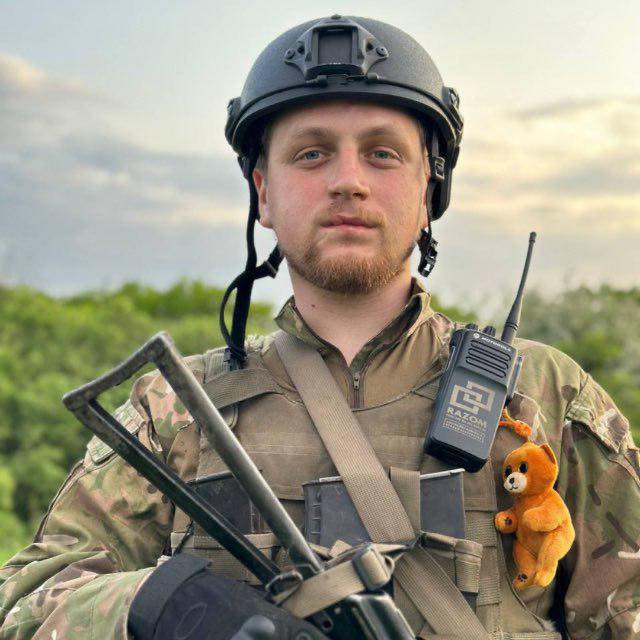
In 2023, a Ukrainian officer named Volodymyr shot down a Russian Su-24MR aircraft with a missile bearing the inscription: “For Artur Batiyi. A true Cossack.” It was an act of revenge for his friend, killed in a Russian assault, the Operational Command West reports.
The Su-24MR is a reconnaissance aircraft used by Russia to detect Ukrainian positions, artillery and missile systems, command posts, and military equipment.
“This was for you, and I hope you saw it,” the soldier recalls the successful strike.
His crew has destroyed over 30 targets, such as jets, a helicopter, a cruise missile, and drones.
But the most unforgettable shot was that one in March 2023.
“That day, I received the devastating news that my friend Artur Batiy had been killed… He died in an enemy mortar attack,” the air defense officer says.
Before the mission, he signed the missile and set out on the hunt with his unit.
“After we hit the target, I looked to the sky, and my first thought was, ‘I did everything I could. That was for you, and I hope you saw it,” he adds.
Before the war, Volodymyr was a student who dreamed of military service. In 2014, when his family fled occupied Donetsk, he joined the army.
Since 2020, he’s been an officer in the Ukrainian Armed Forces. His first shootdown happened at 5:30 a.m. on 24 February 2022.
“The sky turned red. The enemy was everywhere. But there was no fear, only focus,” Volodymyr says.
For his heroism, Volodymyr has been awarded the Orders For Courage of II and III class, the Medal For Military Service to Ukraine, and a badge For the Destruction of Enemy Aircraft.
His dream after victory is to visit Crimea, where he once walked with his parents “to feel that we endured and reclaimed what’s ours.”
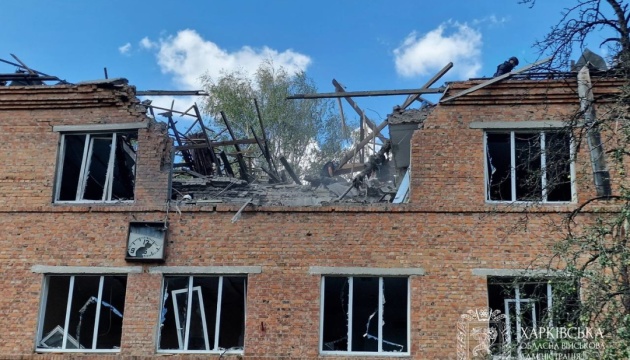
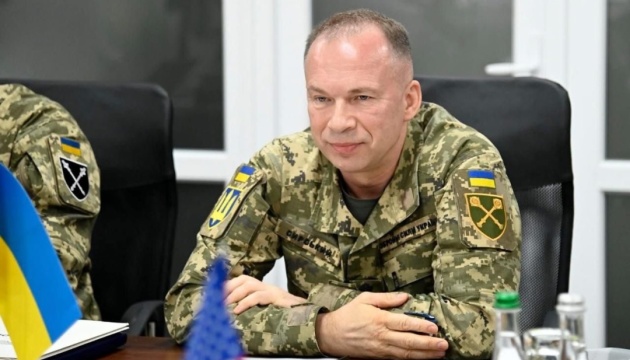
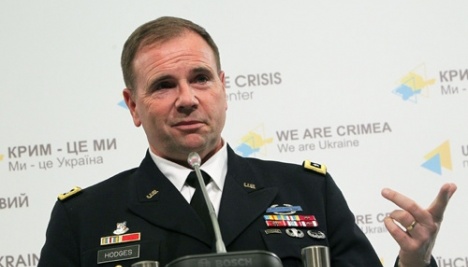
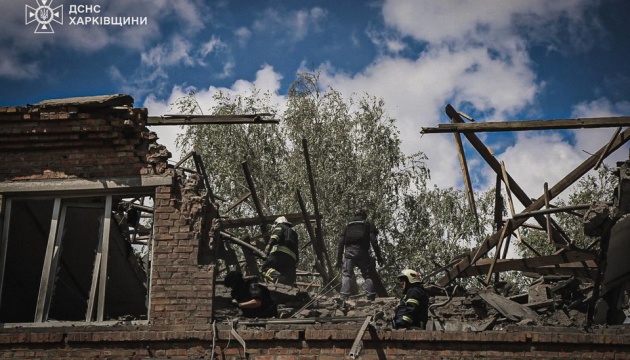
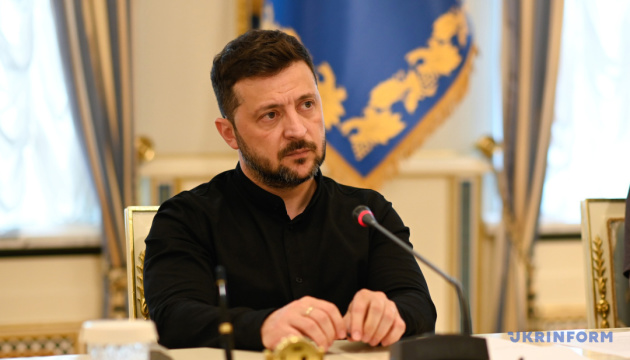


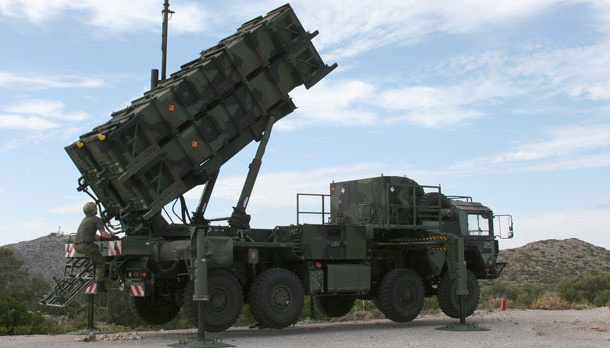
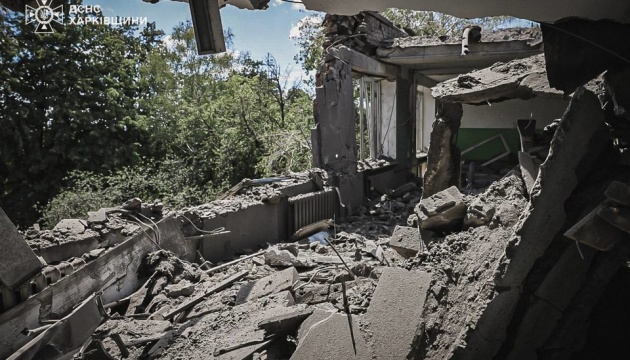
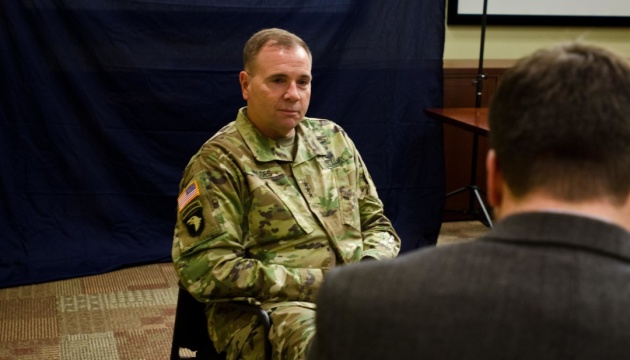
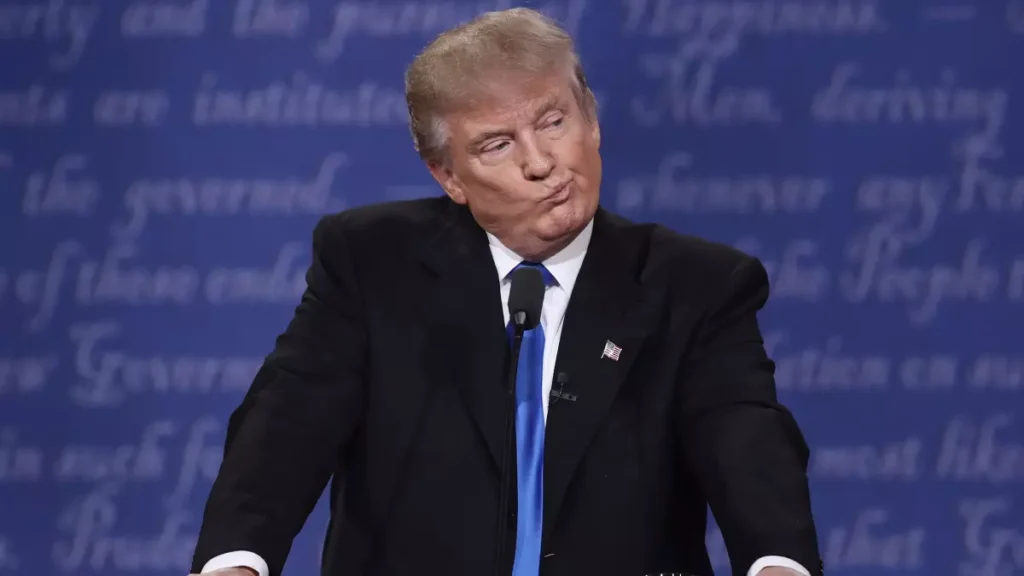
One-third of Americans approve of President Donald Trump’s handling of the situation in Ukraine, according to a new Gallup poll that shows declining support for the president’s foreign policy approach six months into his second term.
Since his inauguration in January 2025, President Trump has pursued ending the Russia-Ukraine war by engaging in direct negotiations with Russian President Vladimir Putin, seeking a ceasefire, and pressuring Ukraine to agree to terms. Trump also paused some military aid and intelligence sharing to Ukraine in March 2025.
Despite initial confrontations with Ukrainian President Zelenskyy and criticism for sidelining Ukraine in talks, Trump later announced renewed weapons support and coordinated arms deliveries through NATO. He also claimed to impose potential sanctions on Russia if a settlement is not reached quickly.
The poll, conducted 7-21 July, found that 33% of Americans approve of Trump’s handling of Ukraine, representing an eight-point decline from earlier measurements this year.
The survey began days after Trump signed the One Big Beautiful Bill Act on 4 July, which addressed “tax cuts for individuals and corporations and increased spending for border security, defense and energy production.”
Trump’s overall job approval rating has fallen to 37%, “the lowest of this term and just slightly higher than his all-time worst rating of 34% at the end of his first term,” Gallup reports. The president’s rating “has fallen 10 percentage points among US adults since he began his second term in January, including a 17-point decline among independents, to 29%.”
On Ukraine specifically, partisan divisions remain stark. Republicans approve of Trump’s handling of the situation at 70% – the lowest rating he receives from his party on foreign policy issues.
“Aside from the situation in Ukraine, his ratings on the other issues range from 81% to 88% within his party,” according to Gallup.
Democrats give Trump his highest marks on Ukraine compared to other issues, with 12% approval.
Among independents, no more than 36% approve of Trump’s performance on any measured issue. Ukraine ranks among the lower-rated issues for this group, though Gallup did not specify the exact percentage.
The survey shows Trump “earns the highest marks for his handling of the situation with Iran (42%) and foreign affairs (41%).” His approval ratings on other issues include immigration at 38%, the economy at 37%, and the federal budget at 29%.
Gallup reported that “apart from the situation with Iran, which was not previously measured in Trump’s second term, ratings on each of the issues are lower now than earlier this year.” The poll included approximately 750 respondents.
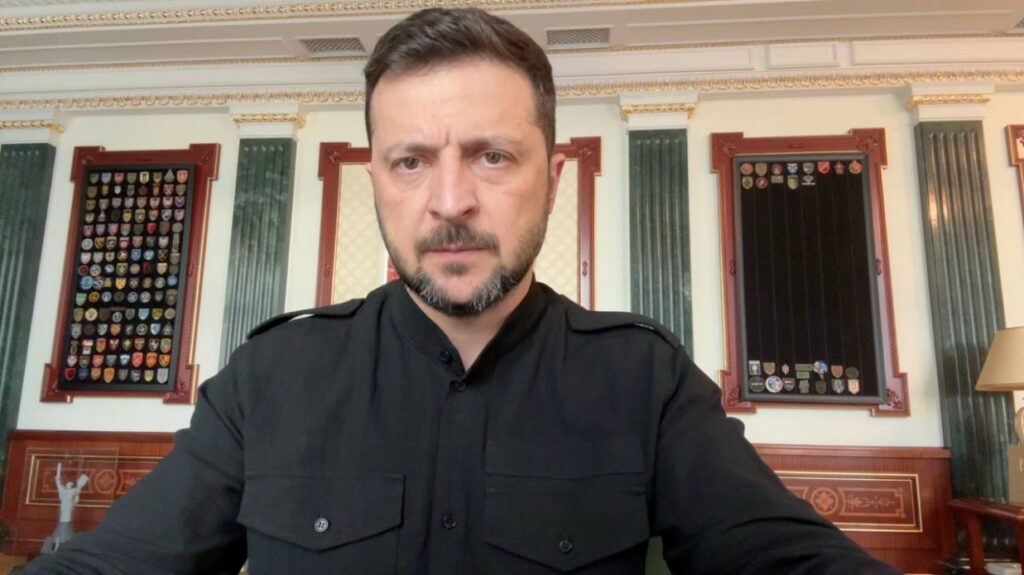
Ukraine has secured commitments for three Patriot air defense systems but requires 10 to adequately protect its airspace, President Volodymyr Zelenskyy said during a meeting with journalists on 24 July
“Officially I received confirmation from Germany for two systems, Norway — one. Now we are working with Dutch partners,” Zelenskyy said, according to hromadske.
The announcement comes after German Defense Minister Boris Pistorius recently reported that Germany and the United States had agreed to transfer five additional Patriot systems to Ukraine.
According to Telegraph, Germany will provide funding for two systems under these arrangements, while Norway has promised to pay for the third. The replacement systems are expected to come through orders once promised to Switzerland.
Telegraph reported that one Patriot system and a batch of PAC-3 interceptor missiles have already arrived in Ukraine, though Ukrainian authorities have not officially confirmed this delivery.
Zelenskyy revealed Ukraine’s broader air defense requirements during the briefing.
“We are now working with partners to secure these 10. We are working on the missile issue, we have missiles. We are still fighting for a production license. It’s important that a production facility is appearing in Germany. Not yet with us, but with Europeans with whom we have good relations,” he said.
The Patriot commitments are part of expanding defense cooperation between Ukraine and its allies. Zelenskyy announced on 24 July that the United States had agreed to purchase Ukrainian-made drones, with potential contracts worth $10-30 billion under discussion.
“I really want America to help us protect our sky. This is very important,” Zelenskyy said, linking the drone deal to Ukraine’s air defense needs.
The systems are urgently needed to counter Moscow’s escalating long-range strikes. The US has already sent three systems and is involved in ongoing discussions to provide up to 17 systems in total.
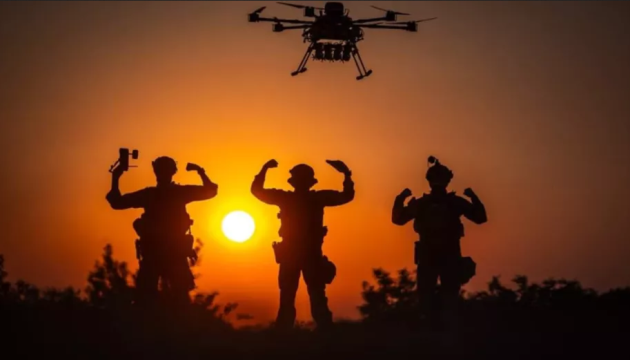
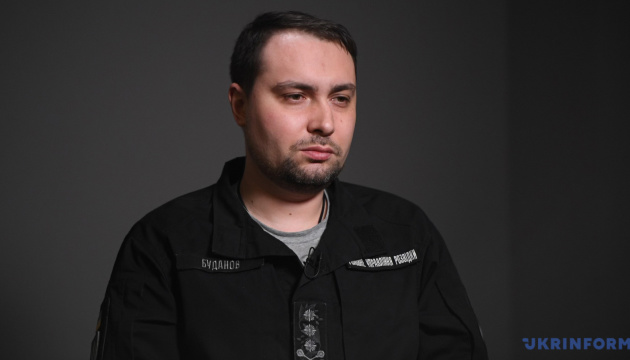

Ukraine’s parliament will convene on 31 July to review President Volodymyr Zelenskyy’s draft law 13533, which promises to restore independence to the country’s anti-corruption agencies, according to parliamentary speaker Ruslan Stefanchuk.
The speaker said that he would propose adopting the bill immediately as a basis and in full, while supporting its urgent signing. Beyond Zelenskyy’s anti-corruption measure, parliament will also consider other “important legislative initiatives,” Stefanchuk added.
The session will come nine days after parliament passed law №12414 on 22 July, which amended the Criminal Procedure Code to make NABU and the Specialized Anti-corruption Prosecutor’s Office dependent on decisions by the prosecutor general. Zelenskyy signed the document the same evening.
The 22 July law triggered protest actions across multiple Ukrainian cities. Amid the protests, President of Ukraine Volodymyr Zelenskyy met with the heads of law enforcement and anti-corruption agencies, including the Prosecutor General.
Zelenskyy announced later he submitted the new draft law to parliament, stating it would ensure “strength for the law enforcement system” and preserve “all norms for the independence of anti-corruption institutions.”
The National Anti-corruption Bureau confirmed that Zelenskyy’s bill would restore all powers and independence guarantees for NABU and SAPO that were affected by the earlier legislation.
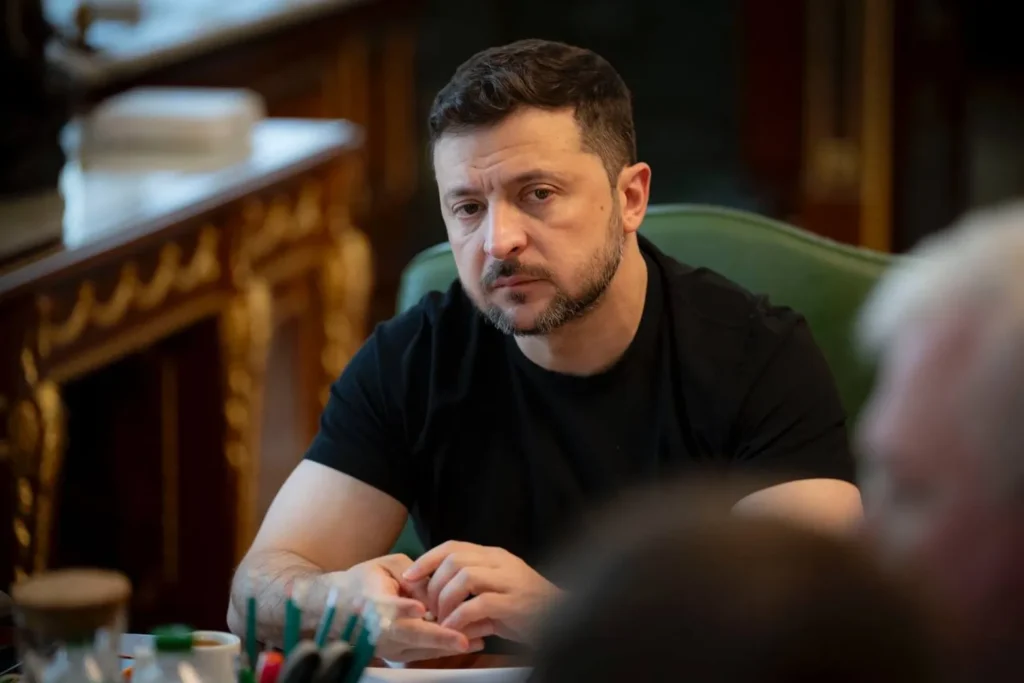
Ukrainian President Volodymyr Zelenskyy announced on 24 July that the United States has agreed to purchase Ukrainian-made drones, with potential contracts worth $10-30 billion under discussion.
Ukraine has expanded its domestic drone production since the Russian invasion. The country planned to produce millions of drones annually, using a combination of mass production in factories and small-scale workshops, often repurposing commercial drone parts and innovating with battlefield experience.
Until recently, Ukraine had a ban on exporting drones abroad, focusing on domestic military use, but it is now considering or beginning to allow drone exports to its allies to support its drone industry and military partnerships.
“We have an agreement with America, with President Trump, that they will buy drones from us,” Zelenskyy told journalists during a briefing. “I have set the task for Umerov, Shmyhal and Kamyshin. They will deal with this. It is very important to prepare this contract for 10-20-30 billion dollars.”
The president has tasked National Security and Defense Council Secretary Rustem Umerov, Defense Minister Denys Shmyhal, and presidential advisor on strategic issues Oleksandr Kamyshin with preparing the contracts.
Zelenskyy first disclosed American interest in Ukrainian drone technology on 16 July, when he revealed discussions with President Trump about bilateral defense procurement.
“There are many drones that only we have. We are discussing this with President Trump. I told him that I really want to buy things from you that only you have. He told me that America wants to buy Ukrainian drones,” Zelenskyy said in an interview with Newsmax correspondent Shelby Wilder in Kyiv.
The Ukrainian leader framed the potential deal as part of broader defense cooperation, emphasizing Ukraine’s need for American Patriot air defense systems.
“I really want America to help us protect our sky. This is very important,” Zelenskyy said during the 16 July interview.
Ukraine urgently needs these systems to counter Moscow’s escalating long-range strikes. The US along with Germany has agreed to deliver five Patriot systems, with Germany, Norway, and other allies financing and facilitating the deliveries. The US has already sent three systems and is involved in ongoing discussions to provide up to 17 in total.
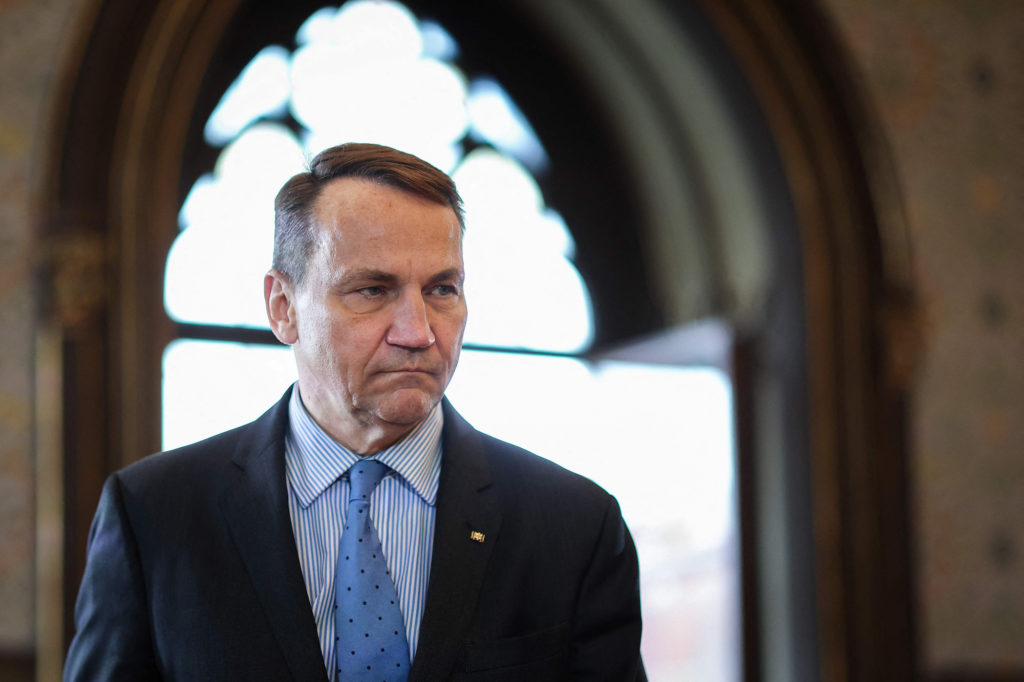
Polish Foreign Minister Radosław Sikorski has urged Ukrainian President Volodymyr Zelenskyy not to abandon the fight against corruption amid ongoing concerns over the independence of Ukraine’s anti-corruption agencies, Poland’s Foreign Ministry reported on 24 July
“We conveyed to President Zelensky that the worst thing he could do now is turn away from the fight against corruption. Ukrainians are fighting for an honest, European state,“ Sikorski said, according to the Polish Foreign Ministry.
The ministry did not specify when or how this message was conveyed to the Ukrainian president.
The Polish announcement comes against the backdrop of legislative changes that threatened to make the National Anti-Corruption Bureau (NABU) and the Specialized Anti-Corruption Prosecutor’s Office (SAP) – the main anti-corruption agencies in Ukraine – dependent on the prosecutor general.
On 24 July, Zelenskyy submitted a bill to parliament containing provisions to ensure NABU and SAP independence. This move followed mass protest actions – the first since Russia’s full-scale invasion began – and extensive criticism from Ukraine’s Western partners, who warned of risks to European integration and financial support.
In response to the backlash, Zelenskyy, together with law enforcement agencies, has already prepared and submitted a new bill on “strengthening the independence of anti-corruption agencies.”
The legislative changes followed extensive searches of NABU and SAPO employees.
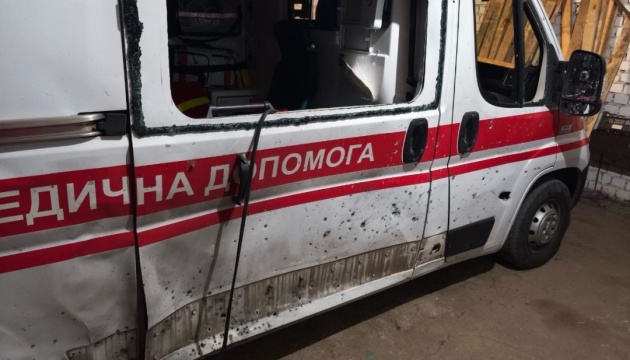
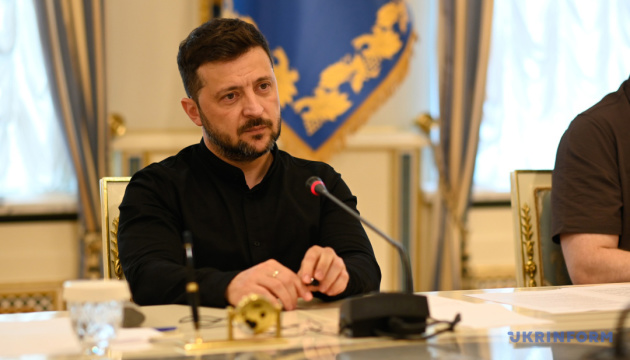
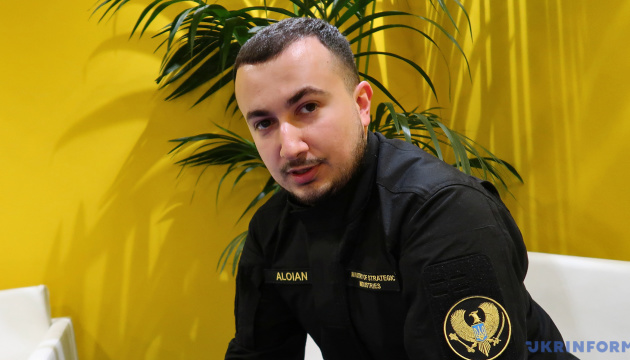
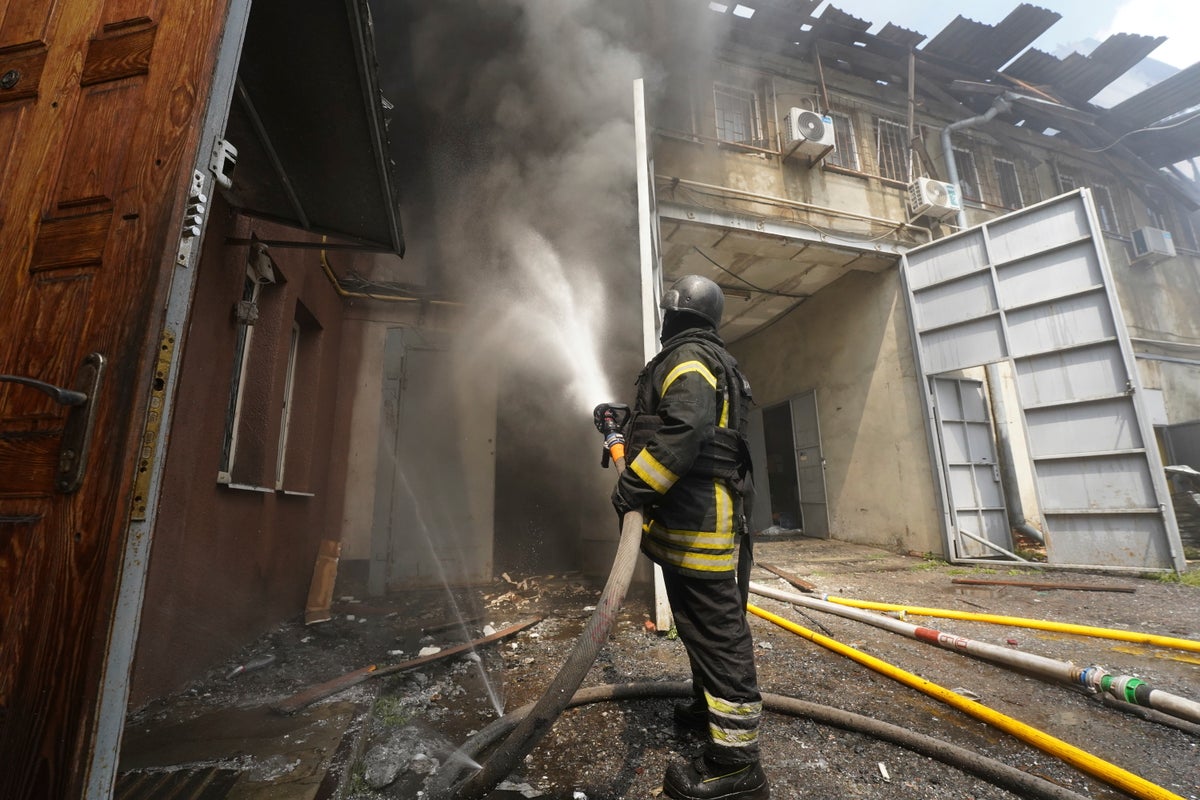
© Copyright 2025 The Associated Press. All rights reserved
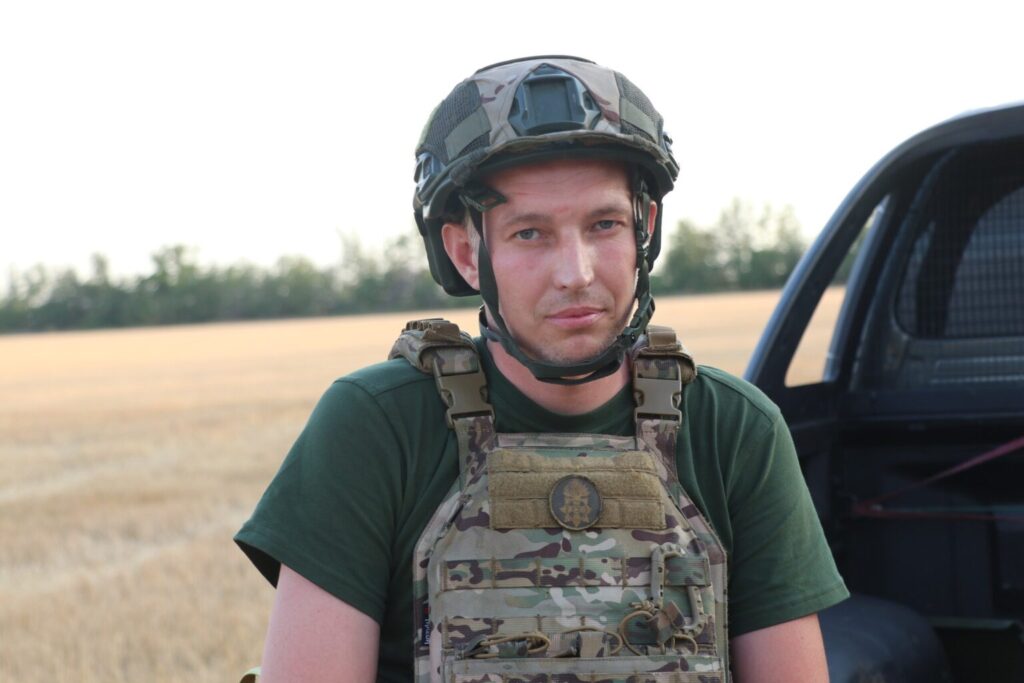
Roman, also known as Peugeot, a fighter from the machine gun company of Ukraine’s 21st National Guard Brigade, lived through a brutal ambush on the Pokrovsk front in Donetsk Oblast. His group had almost no ammunition while Russian forces stormed them from three directions.
Pokrovsk is an important railway and road hub in Donetsk Oblast, which opens access for the further advance of Russian troops into Ukraine. The city is regarded as a “gateway to Donbas.”
Roman completed his mandatory military service in Sevastopol. When Russia launched its full-scale invasion, he didn’t hesitate to enlist.
“Started from our city, then we went to the Kherson and Donetsk fronts. Got around a bit,” he recalls.
He was stationed across from the Kakhovka Hydroelectric Power Plant when it was blown up.
“A wasteland appeared there… just islands left. A massive catastrophe,” he says.
The destruction exposed lake bed sediment containing more than 90,000 tons of dangerous heavy metals, a toxic cocktail that had been quietly accumulating on the reservoir floor since 1956.
On 26 March, Roman’s armored vehicle was hit by a Russian FPV drone on the Pokrovsk axis.
FPV drones have an advantage because they operate on analog or fiber-optic channels, which makes it difficult to intercept or jam them. They oftern fly at low altitudes of 20–50 meters, where they are hard to detect or shoot down.
“We had to abandon the vehicle and walk,” he continues.
Later, he was assigned to reach a buried position and dig out comrades trapped under debris.
Under shelling, five soldiers hid in a single trench.
“The enemy was trying to storm from three sides. That’s when drone operators saved our lives,” Roman says.
The UAVs struck back at the enemy, giving the fighters a chance to survive.
In the woods, eight Russian soldiers encountered Roman’s five-man group. The Ukrainian defenders were left with “only two magazines for five of us.”
However, drone operators not only repelled the attack but also dropped extra ammunition. Despite heavy fire, the group crossed 13 kilometers of open terrain and made it out alive.
“I can say with confidence — I eliminated the enemy and sent several more to ‘the 300s’,” Roman adds.
Earlier, Russian President Vladimir Putin told US President Donald Trump that Moscow plans to escalate military operations in eastern Ukraine during its summer offensive.
As of now, Russia occupies about 20% of Ukraine’s territory, including most of Luhansk Oblast, two-thirds of Donetsk Oblast, and parts of Zaporizhzhia and Kherson Oblasts.
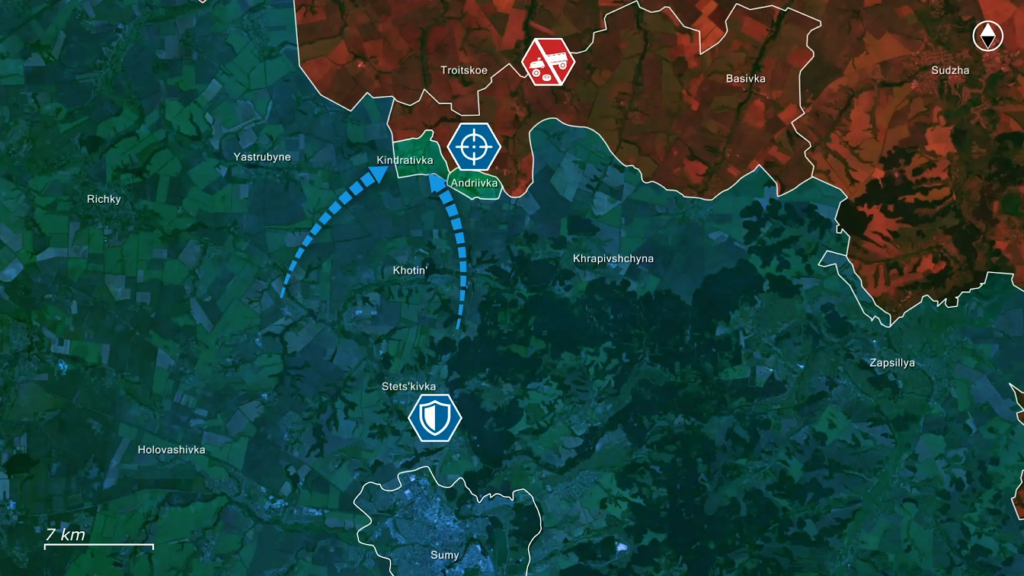
Day 1247
On 24 July, there is a lot of news from the Sumy direction.
Here, after Russian commanders forced their soldiers into a bloodbath in the fields, the result of a larger Ukrainian strategy in play began to bear its fruits. With fresh reserves stationed too far from the frontline to reinforce, Ukrainians executed a beautiful pincer maneuver that pushed Russians back from yet another settlement, as the Russian Sumy offensive seems to have reached a complete stall.
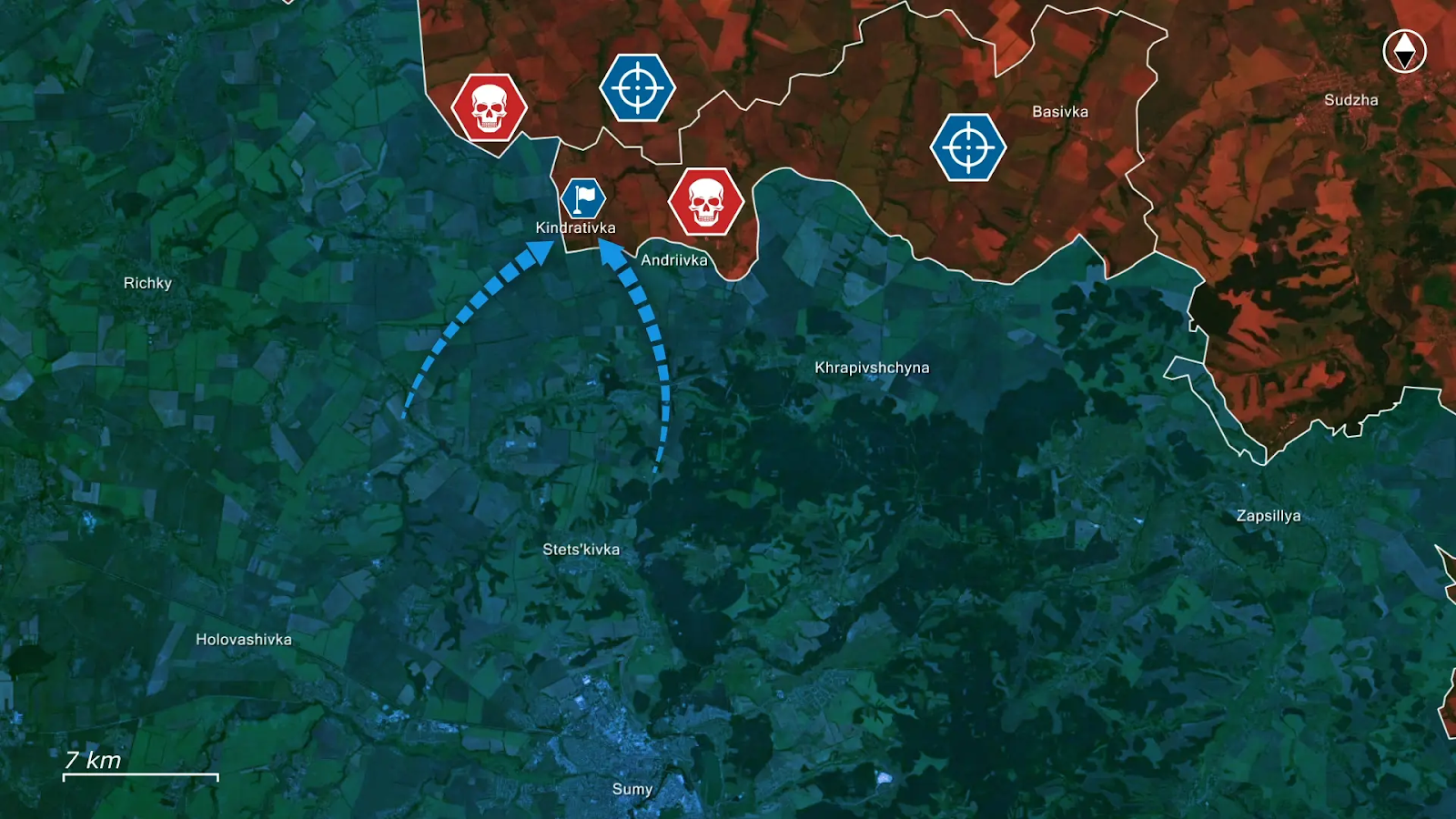
As you remember from a previous report, after weakening Russian positions through precise airstrikes, Ukrainian forces launched successful multi-directional counterattacks, prominently retaking Andriivka in a swift maneuver. The goal behind Ukraine’s push is clear: disrupt Russia’s forward momentum, slow down their offensive, and exploit the resulting vulnerabilities. By preserving their combat power for only surgical strikes and inflicting maximum damage on Russian units, Ukrainian commanders are carefully taking the initiative and systematically weakening enemy forces.
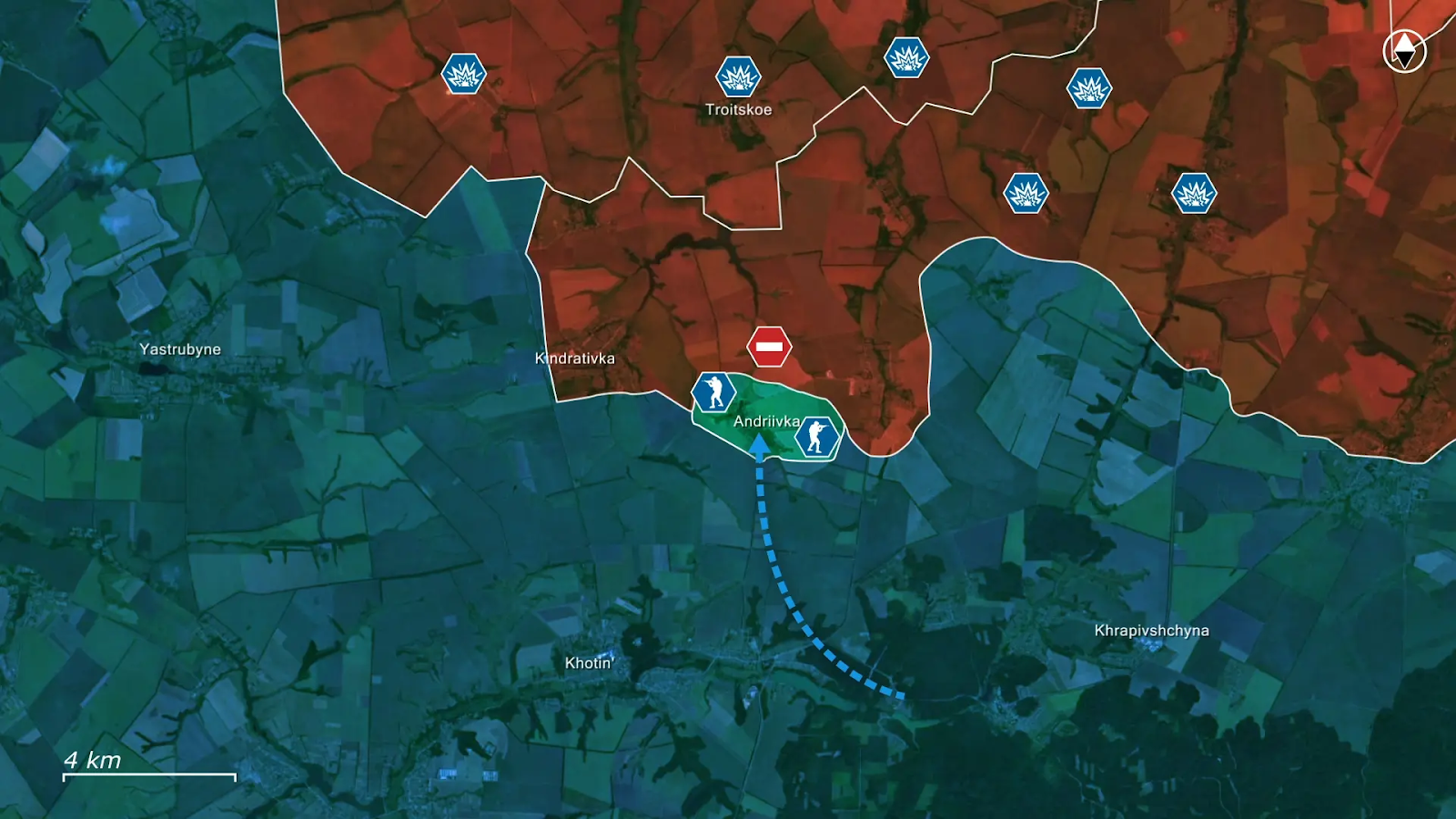
Determined to regain the initiative themselves, Russian commanders immediately ordered repeated counterattacks to recapture Andriivka. However, evidently based on faulty intelligence, Russian troops appeared unaware that Ukrainian forces had already fully secured the settlement, mistakenly expecting to meet and support Russian forces on the ground. As a result, these Russian assaults quickly devolved into catastrophic failures.
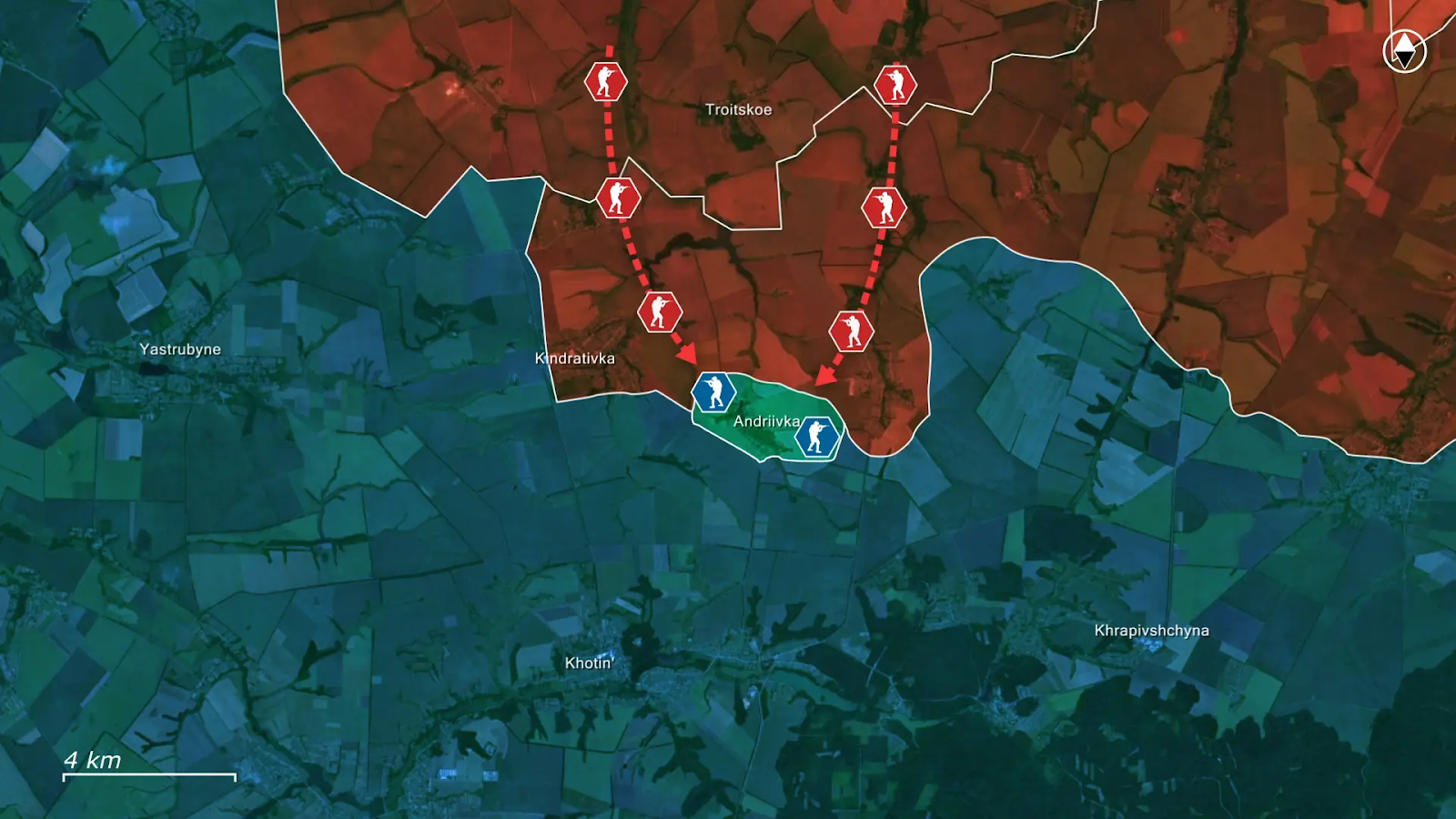
Geolocated footage revealed fields surrounding Andriivka littered with Russian casualties and burning motorcycles, clear evidence of the heavy price paid for their reckless and misguided attacks. Not only did these fruitless assaults drain Russian manpower, but they also achieved no real gains, compounding Russia’s operational predicament.
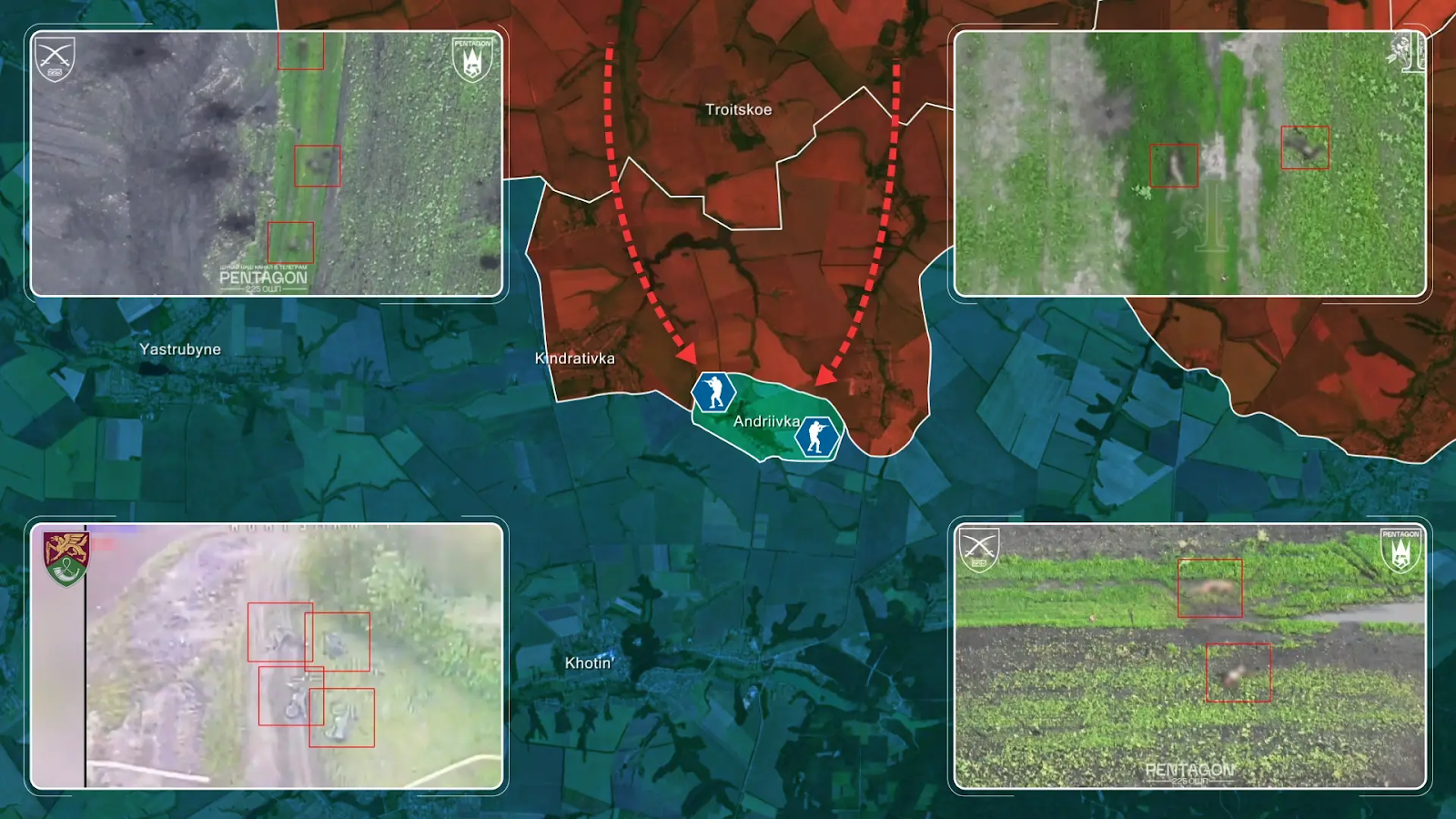
Russian difficulties intensified further amidst the ongoing Ukrainian strike campaign targeting rear-area troop concentrations, command posts, and logistical hubs. These strikes not only inflicted substantial casualties on Russian forces but also forced Russian commanders to position their reserve forces further from the immediate area of operations. However, with these reserves stationed away from watchful Ukrainian drone reconnaissance, Russian forces are also unable to respond swiftly to rapidly unfolding events on the frontline, playing right in the hands of Ukrainian commanders. Following the devastating losses and bloodbath in the fields around Andriivka, Russian units near the frontline faced a critical manpower shortage, and lacked immediate reinforcements to stabilize their weakening positions.
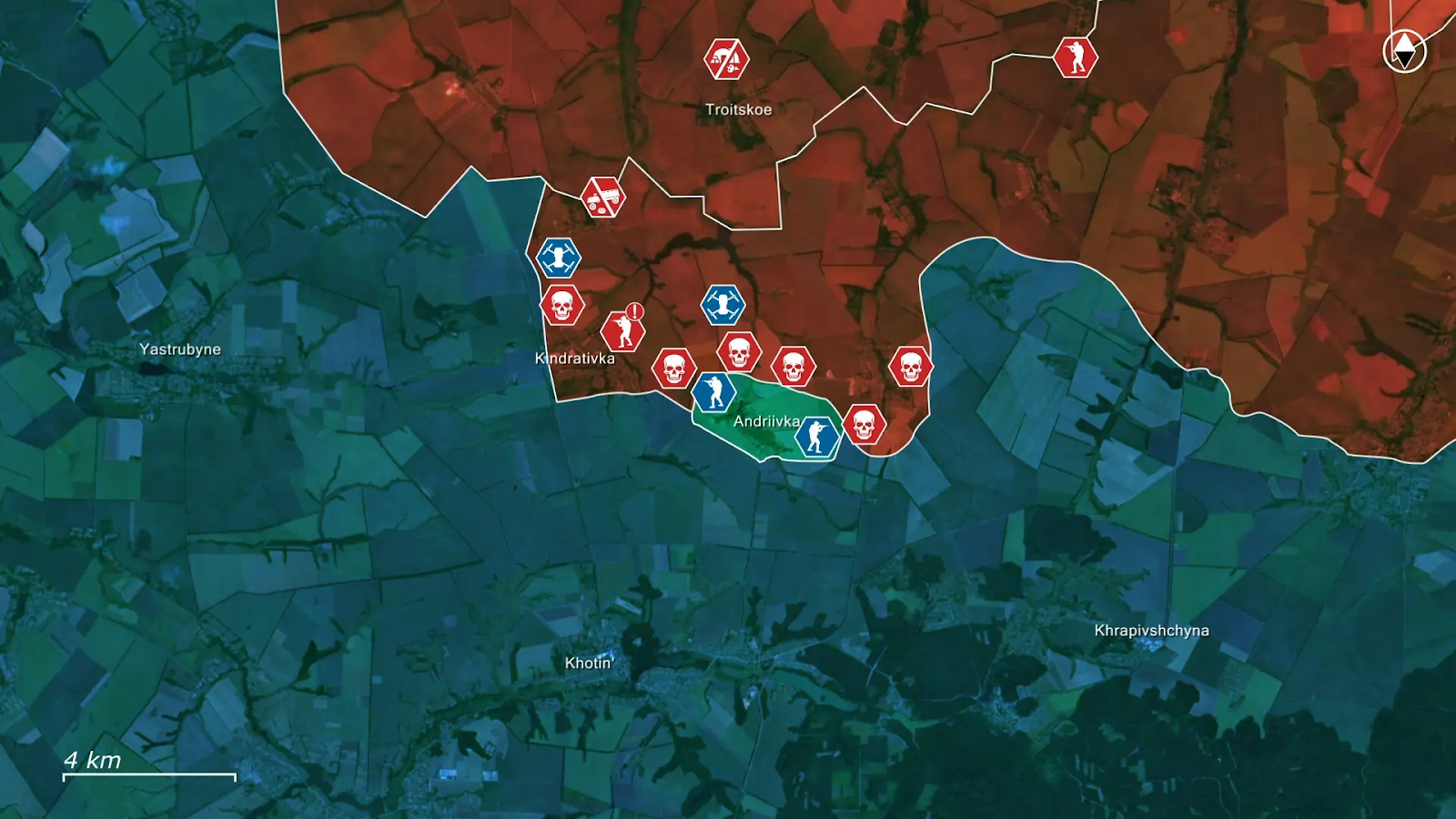
Recognizing this window of opportunity and the vulnerability of the Russians, Ukrainian forces acted decisively. With Russian reserves either dead in the fields or stationed too far to provide timely reinforcements, Ukraine pressed its advantage, launching coordinated air, drone, and HIMARS missile strikes against known Russian troop concentrations in Kindrativka. Ukrainian drones methodically hunted down and eliminated Russian infantry clusters, while precise HIMARS strikes obliterated remaining fortifications and munitions stores with devastating effect. Airstrikes with AASM Hammer bombs ensured no immediate reinforcements could move forward safely, effectively neutralizing major resistance within Kindrativka itself and limiting the possibility of surviving Russian troops finding cover within the ruins.
With organized resistance in Kindrativka decisively broken, Ukrainian commanders rapidly executed a lightning assault to retake the town. Swiftly deploying units to sever Russian reinforcement routes in a pincer maneuver, Ukrainian forces prevented any additional enemy units from reaching Kindrativka and helping the entrenched but scattered Russian soldiers holed up in the town. Simultaneously, Ukrainian assault teams penetrated the settlement, systematically sweeping through houses and basements, clearing the area of remaining Russian holdouts. Within hours, Ukrainian troops secured Kindrativka, facing minimal opposition and establishing full control over the strategically significant village.
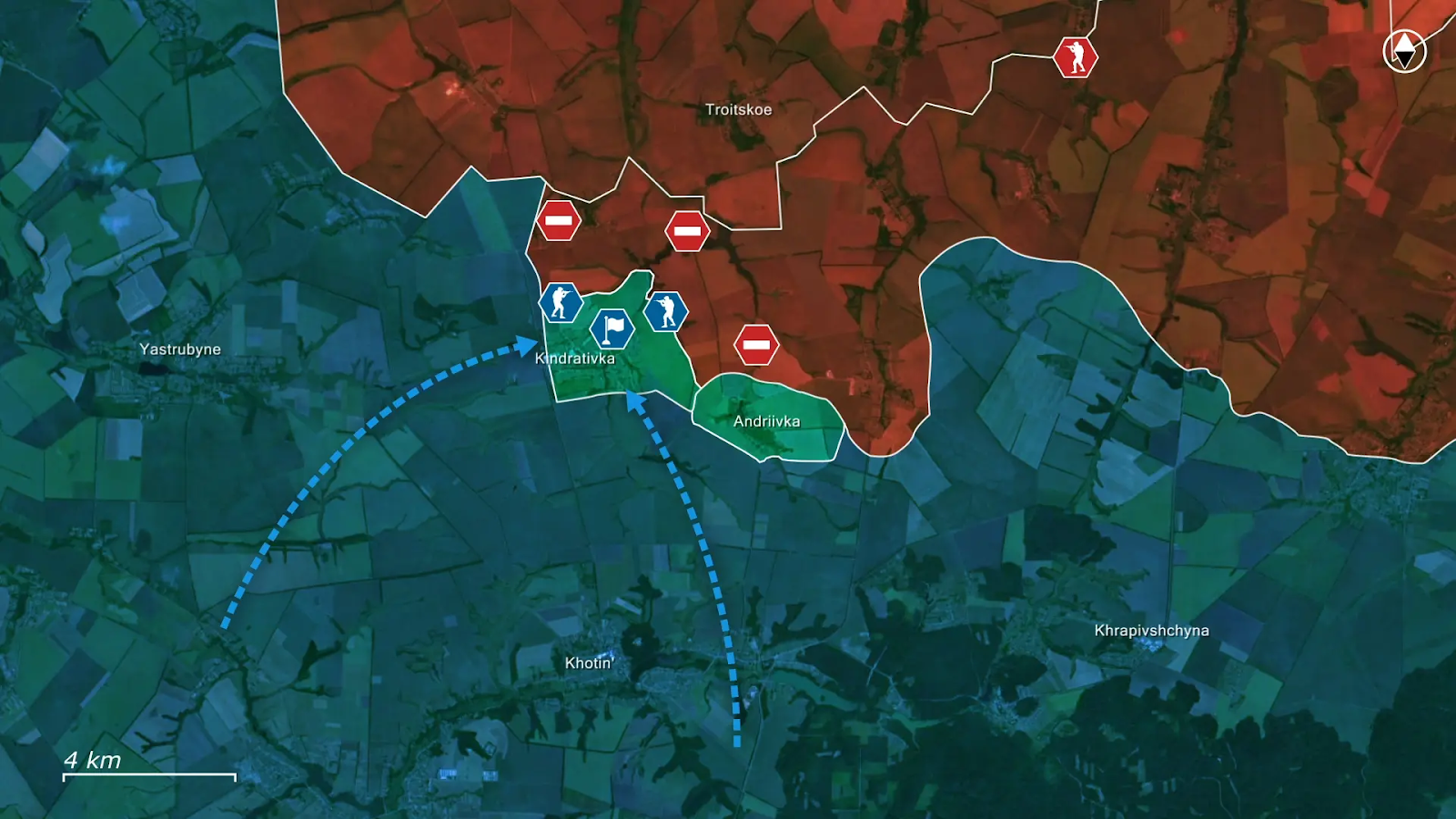
Overall, the recapture of Kindrativka represents an important milestone in Ukraine’s wider strategy to halt the Russian offensive into the Sumy region. By reclaiming this key border settlement, Ukraine significantly disrupted Russian logistics and troop rotations, effectively sabotaging Russia’s goal of establishing drone and artillery fire control over the regional capital, Sumy. By exploiting Russian vulnerabilities created by previous strikes, Ukraine has carefully engineered tactical breakthroughs, forcing Russia into unsustainable losses and operational confusion. The strategic success in Kindrativka showcases Ukraine’s ability to leverage precision firepower and agile maneuver warfare, systematically dismantling Russian advances while creating opportunities for further counteroffensive actions.
In our regular frontline report, we pair up with the military blogger Reporting from Ukraine to keep you informed about what is happening on the battlefield in the Russo-Ukrainian war.
You could close this page. Or you could join our community and help us produce more materials like this.
We keep our reporting open and accessible to everyone because we believe in the power of free information. This is why our small, cost-effective team depends on the support of readers like you to bring deliver timely news, quality analysis, and on-the-ground reports about Russia's war against Ukraine and Ukraine's struggle to build a democratic society.
Become a patron or see other ways to support.
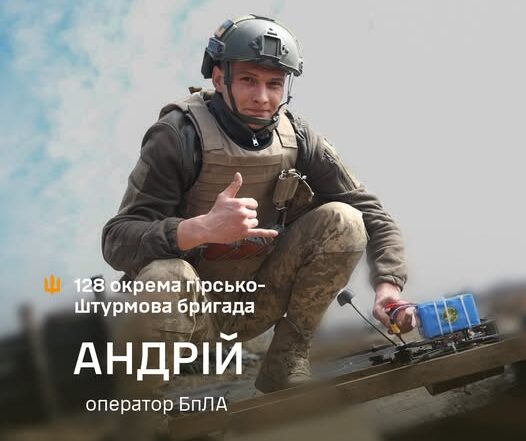
He could leave the war, but he refused. Ukrainian soldier Andrii, 24, from Poltava, is a father of three and a fighter in the drone battalion of Ukraine’s 128th Mountain Assault Brigade. He has pulled over a thousand vehicles off the battlefield: tanks, BMPs, APCs, self-propelled guns, and trucks during his service in the army.
Young men in Ukraine aged 18–24 are not subject to mandatory mobilization into the Armed Forces. The official conscription age begins at 25.
“I’m staying here because I don’t want the Russians to reach my home,” says Andrii, explaining his motivation.
Andrii’s journey began as a conscript and led him to become an FPV drone operator. Initially, he served as a mechanic-driver of a BREM-1 evacuation vehicle, working right on the front lines, under shelling and rain, just 250 meters from the enemy.
“When my comrades jumped off the armor to hook up a vehicle, artillery hit us. One was killed. I survived because I was behind the controls,” he recalls.
For his exceptional courage, Andrii was awarded the Order “For Courage,” 3rd class. Recognized as one of the top mechanics in the Armed Forces, he was sent to Germany to train on the German Bergerpanzer-2 armored recovery vehicle, based on the Leopard tank.
The German instructor was stunned by how experienced and skillful the young Ukrainian soldier was.
“You’re an excellent mechanic-driver. I’ve never let anyone use 4th gear on this vehicle — you’re the first,” he says.
It was a moment where Ukrainian bravery and mechanical precision earned deep trust across allied lines.
Today, Andrii operates a fiber-optic FPV drone, navigating into enemy dugouts and capturing every detail. He was trained by Officer Andrii Zadorozhnyi, a hero who was killed in April.
His wife and children wait for him at home. His daughter often calls him right at the front line.
“Ah, you’re in a trench again! When are you coming home?” she asks.
But Andrii answers firmly, “My home is just 200 kilometers from the enemy. I’m doing what I have to do.”
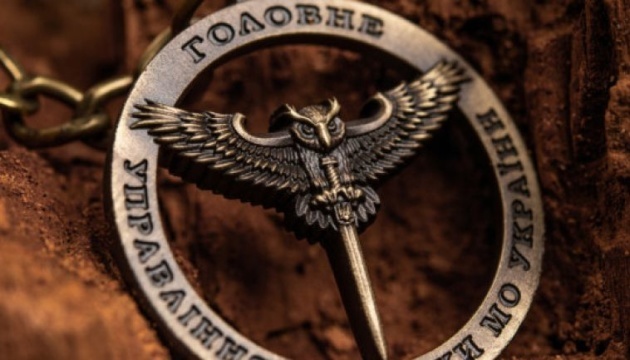
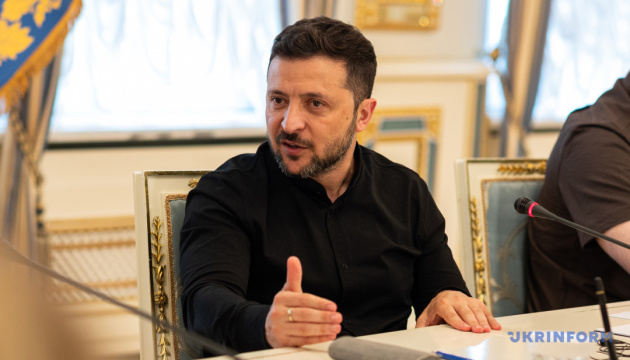
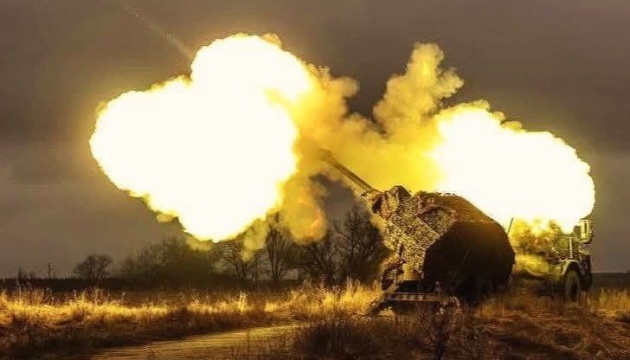
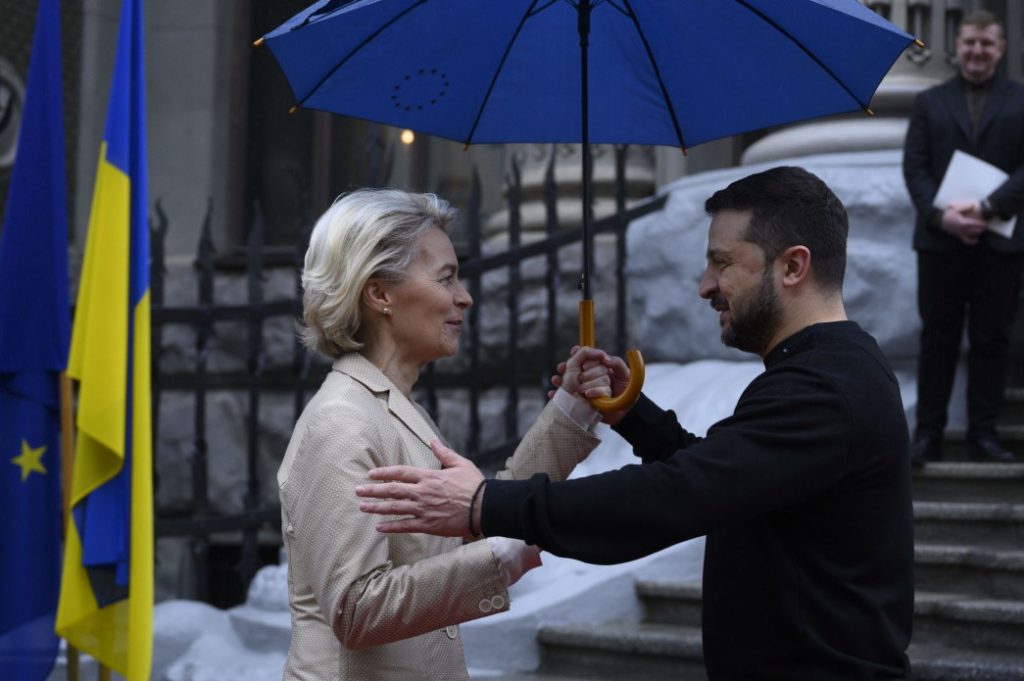
Ukrainian President Volodymyr Zelenskyy rejected media reports about his conversation with European Commission President Ursula von der Leyen regarding a law that limits the independence of anti-corruption agencies.
“I have not spoken with Ursula von der Leyen in recent days. Everything that was written about this, everything she supposedly told me, is fake. We did not have a conversation,” Zelenskyy announced during a meeting with journalists attended by Hromadske.
On 23 July, multiple media outlets cited European Commission spokesperson Guillaume Mercier, reporting that von der Leyen expressed concern to Zelenskyy about signing legislation that restricts the independence of the National Anti-Corruption Bureau (NABU) and the Specialized Anti-Corruption Prosecutor’s Office (SAPO). According to the spokesperson, the European Commission was “very concerned” about the law’s adoption.
The controversy stems from Zelenskyy’s decision on the evening of 22 July to sign legislation limiting NABU and SAPO’s independence. MP Anastasiia Radina said amendments were added that “make SAPO a decorative institution and provide for complete subordination of NABU and SAPO activities to the will of the prosecutor general.”
The presidential decision triggered mass protests in Kyiv and other Ukrainian cities. Demonstrators chanted “Veto the law,” “Return Europe,” and “Shame.”
In response to the backlash, Zelenskyy, together with law enforcement agencies, has already prepared and submitted a new bill on “strengthening the independence of anti-corruption agencies.”
The legislative changes followed extensive searches of NABU and SAPO employees. The Security Service of Ukraine (SBU) and the Office of the Prosecutor General announced they had uncovered Russian influence on NABU. Individual Bureau employees face charges including treason, illegal trade with Russia, and corrupt actions in the interests of oligarchs.
Zelenskyy maintains that “criminal proceedings should not last for years without legal verdicts,” apparently referring to accusations of NABU’s “ineffective work.” SBU chief Vasyl Maliuk said that the anti-corruption bureau “needs to be cleansed of Russian intelligence influence.”
NABU emphasizes that even if individual employees’ guilt is proven, this does not justify eliminating the independence of anti-corruption agencies.
The NABU and SAPO developments have drawn attention from Ukraine’s international partners. Over recent days, several politicians have appealed to Zelenskyy and Ukrainian authorities with public calls or personal communications, emphasizing the need to preserve anti-corruption institutions.
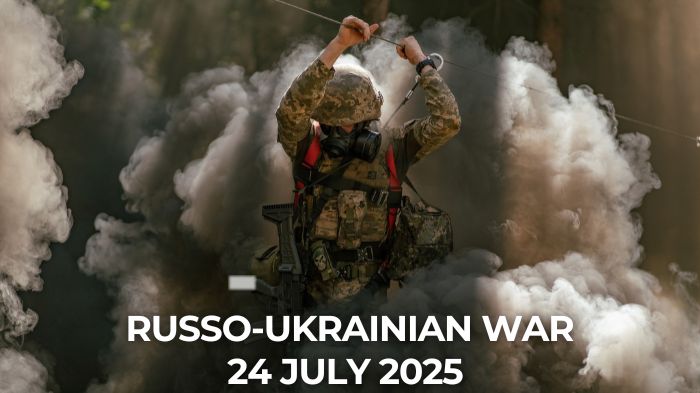
 |
Ukraine’s black stealth drone just flew deep into Russia—again. Ukraine has a jet-propelled stealth attack drone. We’ve just spotted the mysterious UAV for the second time since 2024. |
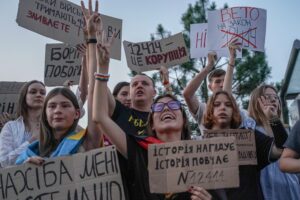 |
Explained: why Ukraine nuked its own anti-corruption agencies. It took ten years to build them. It took one hour in parliament to bring them down. |
From Finnish forests to Ukraine’s frontline: Volunteer Tapani joins International Legion to protect Europe’s future from war. Tapani left his quiet life to fight in Kharkiv, warning the war could reach Europe within five years.
Ukraine hits Sochi — oil depot burns, flights grounded in Russia’s top Black Sea resort. A Ukrainian drone strike hit a Lukoil fuel depot near Sochi, igniting a fire and halting air traffic across Russia’s southern resort hub.
. Vitalii Hyrenko was released after three years in a Russian prison.
21-year-old Ukrainian adopted by Italian family dies fighting Russia. A Ukrainian man who spent nearly a decade in an Italian adoptive family has been killed fighting Russian forces after traveling to Ukraine to find his brother.
Russia tests new UMPB-5 guided bomb on Kharkiv civilians day after Ukraine’s ceasefire proposal. Moscow unleashed a 250-kg bomb after ceasefire talks.
Ukraine to get 5 Patriots and 220,000 Gepard shells. Is that enough to stop Russian drone swarms?. Ukraine’s interceptors are scarce and expensive. Russia’s drones are cheap and relentless.
China secretly supplies Russia with drone engines disguised as refrigeration equipment. To bypass Western sanctions, Chinese companies are funneling critical drone engines to Russia under the guise of industrial cooling units. Meanwhile, civilian death rate is increasing month by month in Ukraine.
Estonia says Russia is moving electronic warfare systems closer to NATO borders. Russian military forces have positioned additional electronic warfare systems within 20 kilometers of Estonia’s border, Estonian Interior Minister Igor Taro said, as Moscow expands GPS jamming operations across the Baltic region.
. Octogen exports from Telangana-based Ideal Detonators empower Russia’s arsenal, as Ukraine suffers record casualties during the last months.
Ukraine rolls out domestic RPG-7 simulators to train soldiers for tank-killing precision. Troops now train with realistic laser-guided systems that mimic combat against armored targets.
As Putin vows summer escalation, Berlin says Kyiv will soon gain secret tools to “affect Russian territory”. Kyiv to receive undisclosed systems from Germany capable of reaching Russian targets, as Moscow ramps up civilian terror.
US approves sale of two military aid packages to Ukraine worth $ 322 mn. Ukraine secured approval to buy $172 million in HAWK Phase III missile system components and $150 million in Bradley infantry fighting vehicle support through two separate Pentagon-announced packages.
EU praises Kyiv’s response to anti-corruption law rallies but underscores need for reforms to keep integration hopes alive. In the wake of nationwide protests, Brussels embraces Ukraine’s commitment to address the issue, while demanding transparency in reforms.
EU had a secret plan to bypass Orbán. Zelenskyy blew it up instead.. Brussels had quietly crafted an extraordinary workaround to Hungary’s obstruction before Ukraine imploded its own chances.
EU Officials demand Ukraine explain controversial anti-corruption law weakening NABU, SAPO
. European Parliament members raised concerns over Ukraine’s adoption of the controversial anti-corruption law and warned that the legislation threatens both EU financial assistance and the country’s accession prospects, with one deputy calling it “a clear breach of trust.”
Russia and Ukraine met in Istanbul for the third time—and agreed on one thing: swapping POWs. The latest round of closed-door talks in Türkiye lasted under an hour and focused on returning captured soldiers and civilians.
Russia doesn’t want peace, says Zelenskyy after Moscow ruins iconic Odesa market, despite peace proposition in Turkiye. The historic Pryvoz, once alive with jokes and bargaining, is torn by Russian drones, as Putin answers diplomacy with terror.
Ukrainian journalist Victoria Roshchyna suffered neck injuries, fractures in Russian captivity – new autopsy. Ukraine discovered new evidence of torture in the death of journalist Victoria Roshchyna, with a recent forensic examination revealing neck trauma and bone fractures not identified in previous reports.
Russia uses thirst as tool of genocide against civilians in occupied Donetsk, says expert. Civilians survive up to 72 hours without water as Russian forces build military hubs atop the ruins of Ukrainian infrastructure.
Russia’s warplanes just bombed central Kharkiv—a baby is among the wounded. Two Russian glide bombs hit Kharkiv, injuring 33 people — including a baby, a 10-year-old girl, and a teenage boy with head wounds.
Russia bombs Odesa’s UNESCO district, injures child with cluster missiles in Cherkasy
. Russia launched 103 drones and four missiles overnight, hitting Odesa’s historic center and striking Cherkasy with cluster munitions that injured seven, including a child.
Ukraine’s anti-corruption agencies approve Zelenskyy’s new bill to restore their independence amid mass protests. NABU and SAPO say the president’s urgent legislation fully reinstates their power, signaling a possible end to the weeklong crisis over Ukraine’s reform path.
Russian-run EasyStaff funnels €50 million through Lithuania, dodging SWIFT sanctions. On paper, it’s a freelancing service.
Zelenskyy backs new anti-corruption bill amid protests and a Russian spy scandal. As public pressure mounted, Zelenskyy reversed course on a law critics say undermined Ukraine’s anti-corruption system.
Read our earlier daily review here.
You could close this page. Or you could join our community and help us produce more materials like this.
We keep our reporting open and accessible to everyone because we believe in the power of free information. This is why our small, cost-effective team depends on the support of readers like you to bring deliver timely news, quality analysis, and on-the-ground reports about Russia's war against Ukraine and Ukraine's struggle to build a democratic society.
Become a patron or see other ways to support.
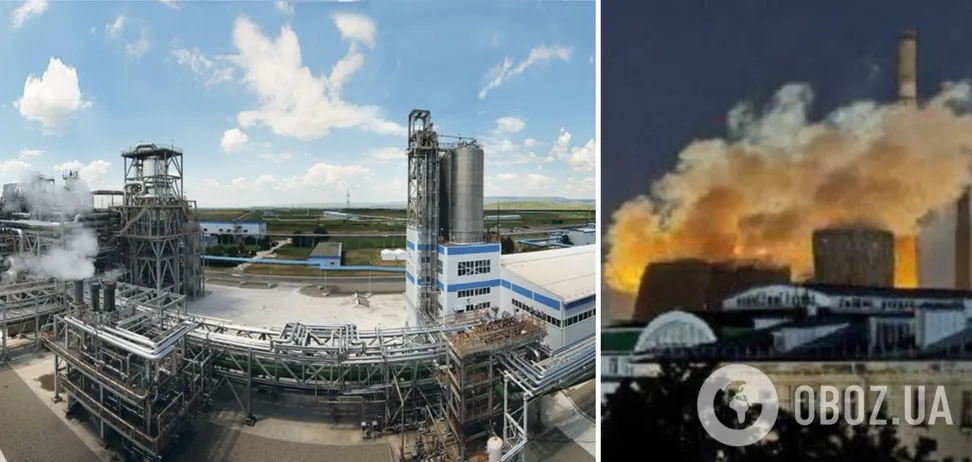
Ten Russian oblasts came under drone attacks overnight against 25 July, according to Russia’s Ministry of Defense and Russian Telegram channels.
Russian air defense intercepted 105 unmanned aerial vehicles, the ministry reported. Over 20 drones were destroyed above Belgorod, Bryansk and Rostov oblasts each. The remaining drones were shot down over the Sea of Azov waters, Krasnodar and Stavropol oblasts, and Kursk, Tambov, Voronezh and Oryol regions.
Nevinnomyssk mayor Mikhail Minenkov said about “37 arrivals” in the Stavropol Oblast city. The attacks allegedly passed without casualties or destruction, according to the mayor.
The Nevinnomyssk Azot chemical plant came under attack, reports Astra resource. Local residents reported the attack on the facility overnight, and eyewitness footage documented the strikes, according to Astra.
The city mayor later showed the plant territory from a distance on video and praised the “plant workers,” indirectly confirming that the enterprise was the target of the attacks.
The chemical plant has been struck for the second time in two months. On 14 June, a 13-drone attack on the Nevinnomyssk Azot facility knocked out doors, windows and premises of one of the workshops. The plant’s cafeteria roof and anti-drone protection were also damaged. Some 800 chemical plant employees waited out the attack in a bomb shelter, with no evacuation conducted. The enterprise had to suspend operations.
Reuters reported that two EuroChem plants – Nevinnomyssk Nitrogen Plant and Novomoskovsky Azot – shipped at least 38,000 tons of acetic acid and nearly 5,000 tons of nitric acid to the Sverdlov plant in Dzerzhinsk, Nizhny Novgorod Oblast, from 2022 to 2024. These materials are used to produce octogen and hexogen, which are then used for artillery shells, the publication noted.
According to Astra, the NAK Azot plant in Novomoskovsk, Tula Oblast, has also been attacked by drones at least three times this year.
In Krasnodar Oblast, minor damage to private houses and damage to the Timashevsk railway station occurred, reported governor Veniamin Kondratyev.
Drone debris damaged one of the passenger train cars there. Two people sustained minor injuries.
During the drone attacks, airports in Vladikavkaz, Grozny, Mineralnye Vody, Nalchik, Stavropol, Tambov and Sochi temporarily ceased operations.
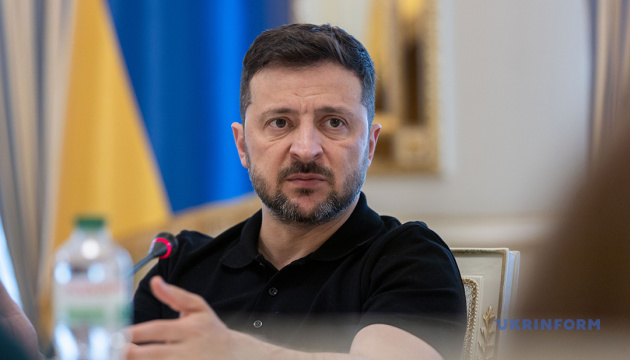
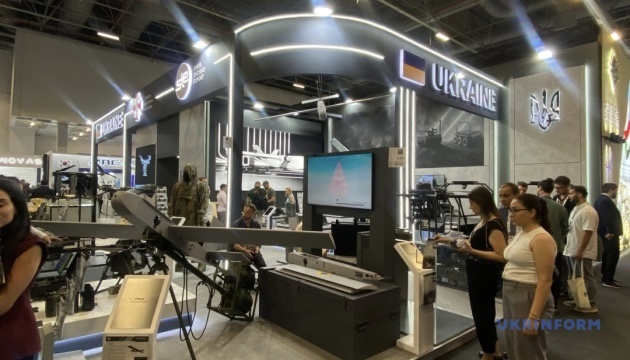
Starlink's biggest international outage on Thursday knocked tens of thousands of users offline

© REUTERS
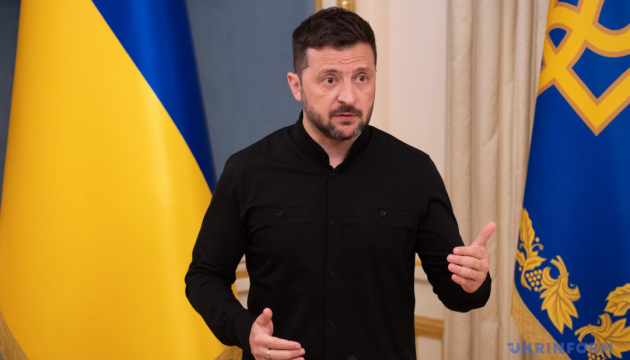
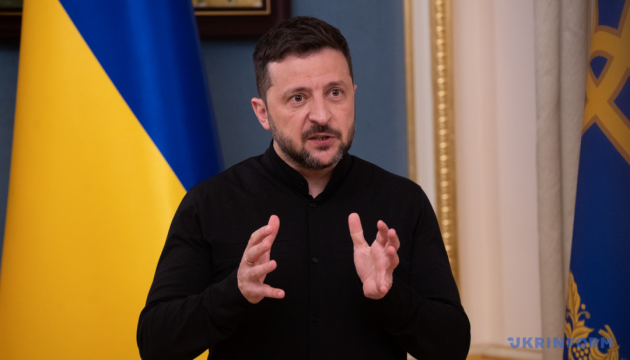
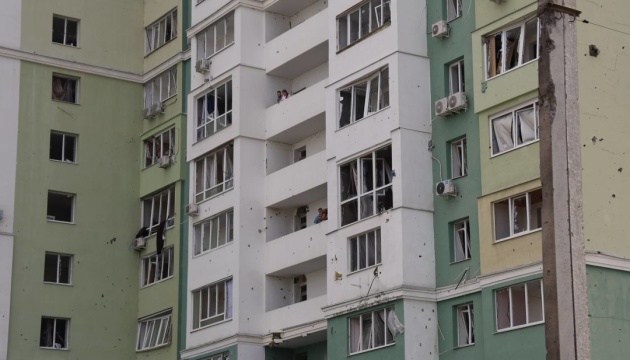
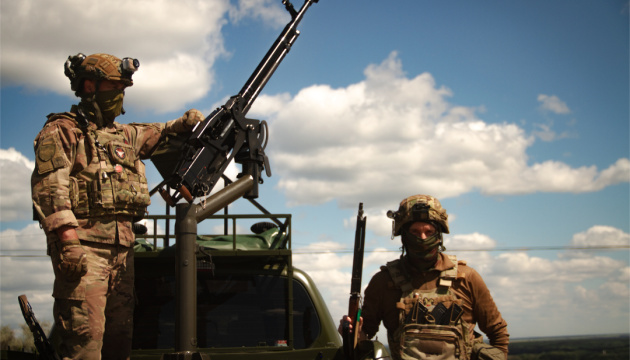
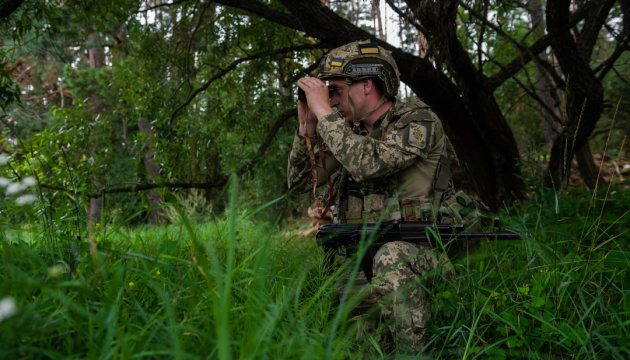
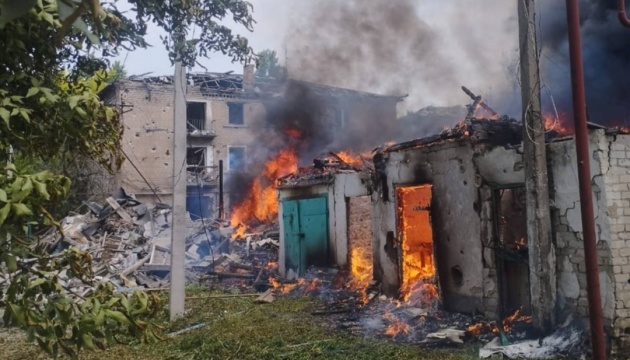
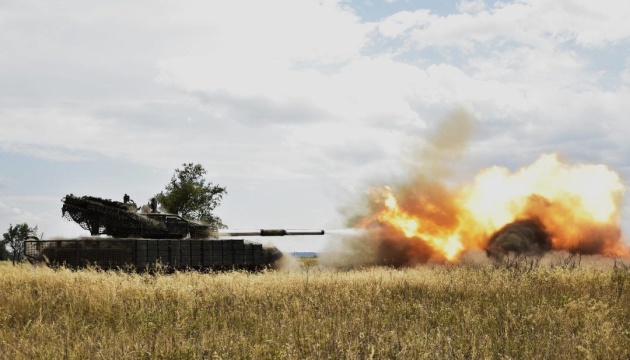
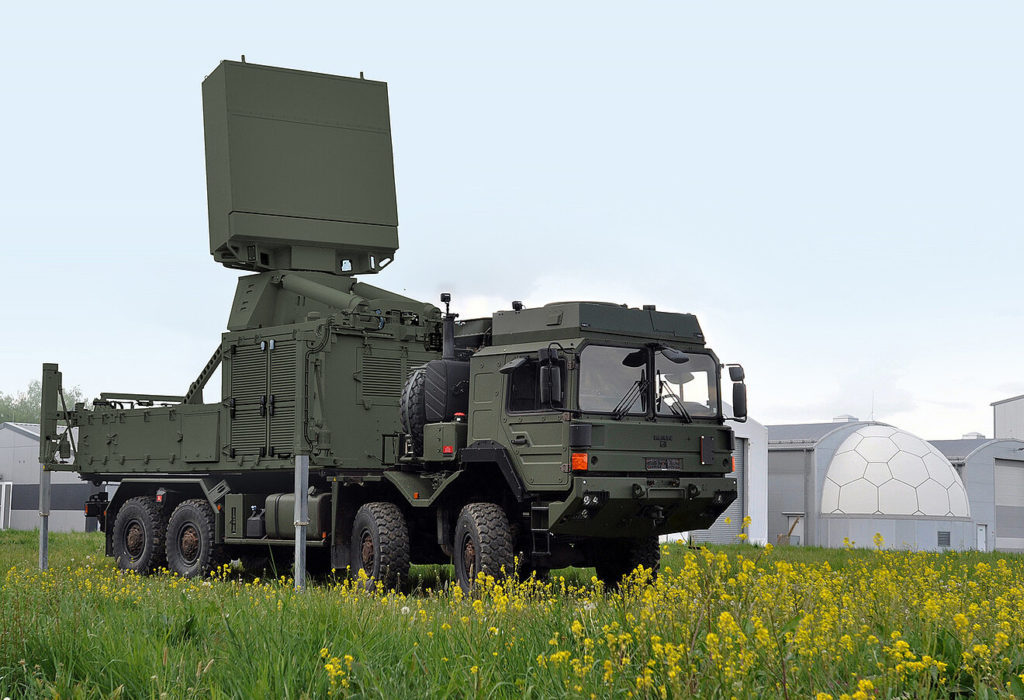
German defence contractor HENSOLDT has secured a contract worth over 340 million euros ($399 mn) to supply radar systems for Ukraine’s air defence capabilities, the company reported on 24 July.
The order includes TRML-4D high-performance radars and SPEXER 2000 3D MkIII short-range radars as part of the Near and Very Short Range Air Defence System commissioned by the German Armed Forces.
“Our high-performance radars are urgently needed by Ukrainian air defence,” HENSOLDT CEO Oliver Dörre said. “A number of radars have been protecting Ukraine since the start of Russia’s war of aggression. We are proud to be supplying further systems. The radars are extremely important for protecting citizens.”
Ukraine first received the TRML-4D radar in October 2022, with an initial delivery of four units integrated into their IRIS-T air defense systems. Additional deliveries followed, including another four TRML-4D radars in June 2023, and six more units are scheduled to be delivered by the end of 2024 as part of a major contract with HENSOLDT.
The TRML-4D radar operates on AESA (Active Electronically Scanned Array) technology and can detect and track approximately 1,500 targets within a 250-kilometre radius. The system identifies and classifies cruise missiles, drones, aircraft and helicopters.
SPEXER radars provide surveillance across various ranges for automatic detection and classification of ground, sea and low-flying air targets. The SPEXER 2000 forms part of Rheinmetall’s Skyranger 30 cannon-based air defence system and is deployed in German artillery installations and qualified air defence systems.
According to HENSOLDT, several of their radar systems have been operational in Ukraine since the beginning of the war. The company maintains decades of experience in air defence radar systems and continues developing technologies in this sector.
The radar delivery represents part of Germany’s broader military support package for Ukraine’s defence against Russian forces.

